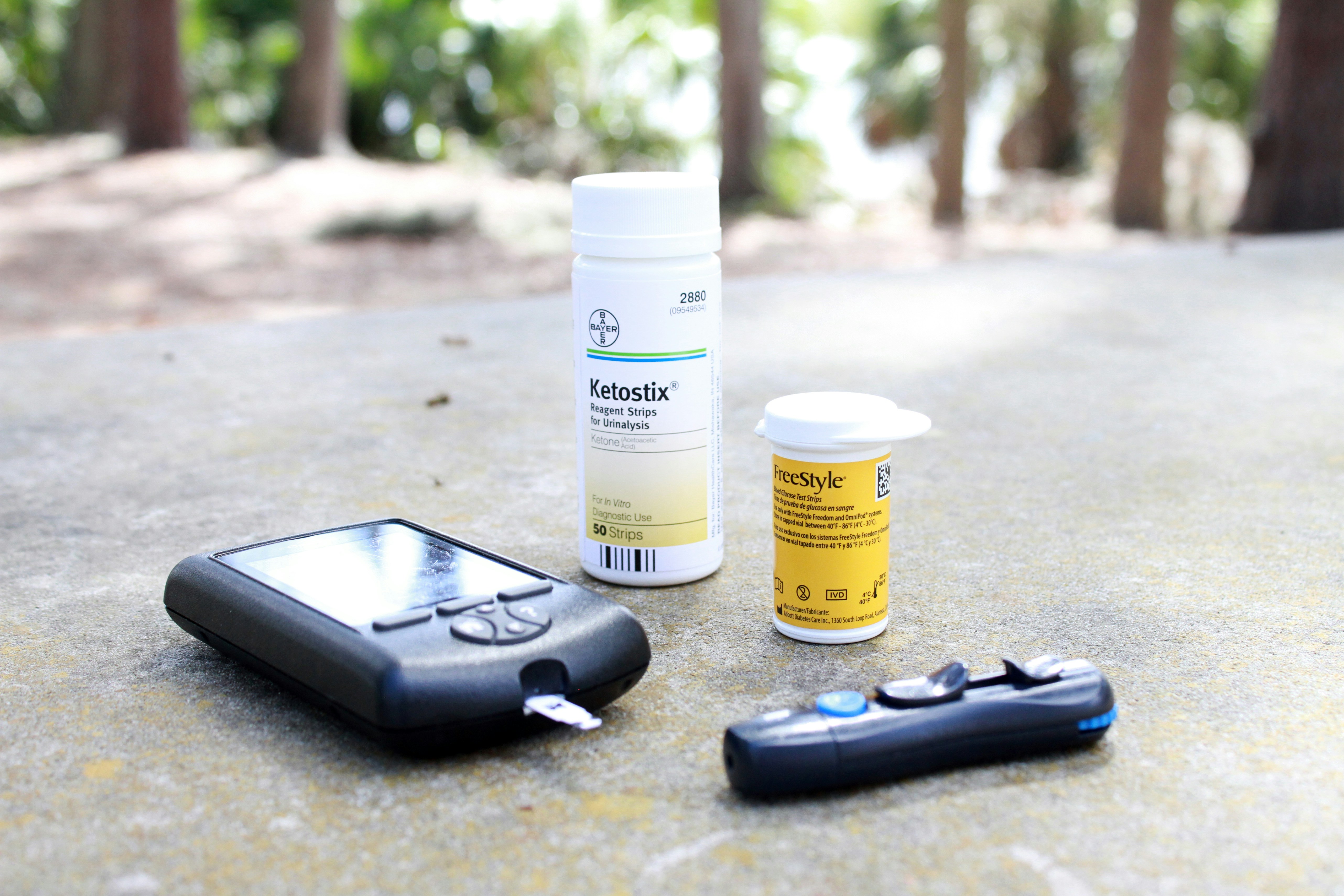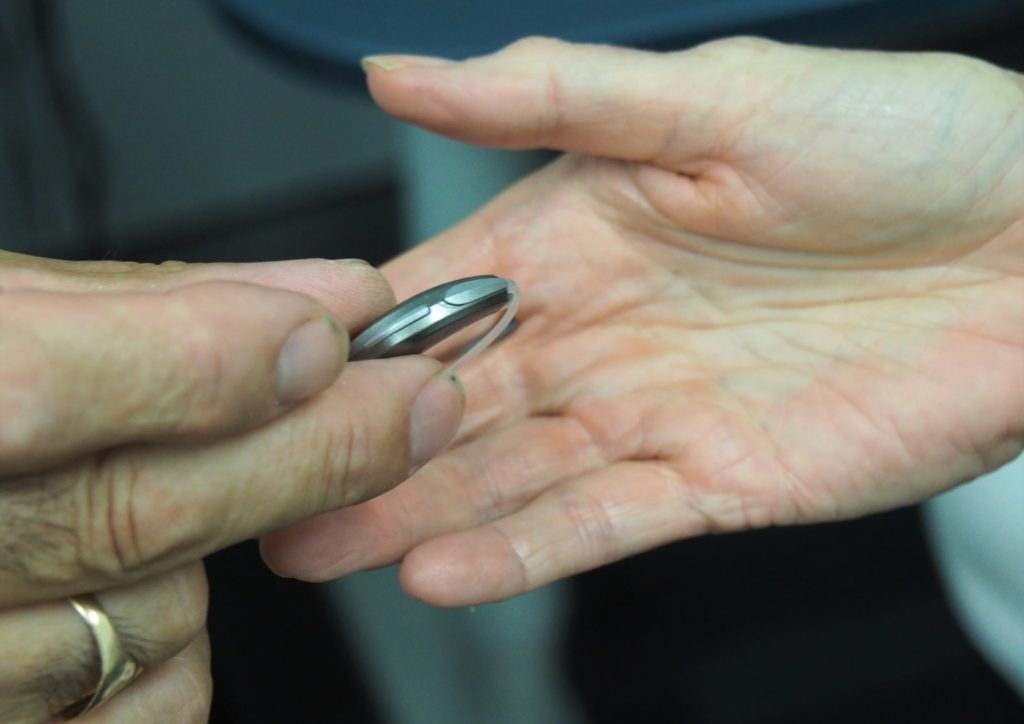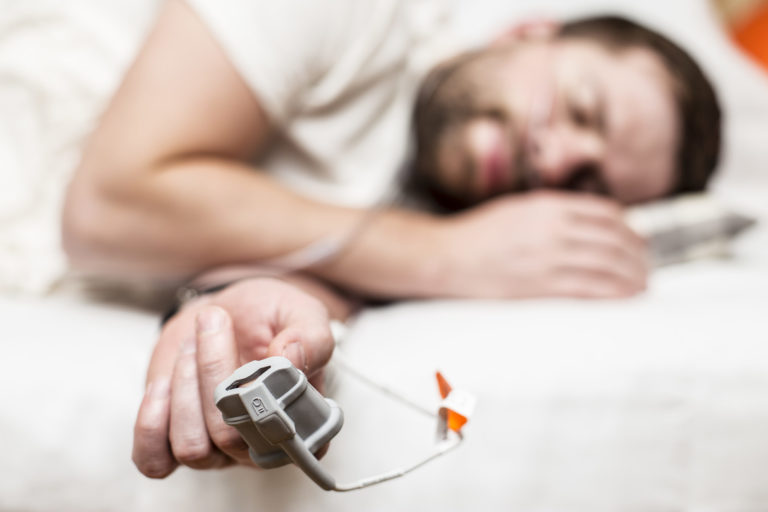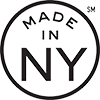When it comes to your health insurance policy, you want to understand the “what ifs”. What if I need more healthcare than just my yearly checkup? What if I need an ambulance in the event of an emergency? What if I need certain medical devices for my health conditions?
Health plans like Medicare or Medicaid can cover the basics when it comes to medical and hospital costs, as well as examinations like x-rays and pathology tests. However, private health insurance can look out for costs down the line for equipment that we may have to rely upon to get through the day.
This is accomplished through extras insurance coverage. Extras cover, or ancillary cover, provides coverage for costs of treatment and equipment that is not accomplished through Medicare, Medicaid or basic private insurance coverage. This cover is combined with your health insurance policy or paid for as a separate policy depending on your individual needs. So, just what types of equipment and devices can this health insurance coverage provide for you?
Hearing Aids

When combating hearing loss, your primary care physician may recommend going to an audiologist for a hearing test to determine the severity of your hearing loss and the potential need for a hearing aid.
Hearing aids are designed for a variety of troubles, which is why audiologists always take your lifestyle into account. For example, someone who is very active may seek hearing aid technology that is designed to deal with frequent background noise. However, someone who is more accustomed to a quieter lifestyle would seek a hearing aid designed for better hearing in one-on-one conversations.
Hearing aids have also evolved into small devices that are barely noticeable to the naked eye. Beyond the convenience of size, these electronic devices come with the ability to recharge batteries, adjustable frequency, and directional microphone capabilities that can aid even the most severe hearing loss.
The best hearing aid for you can be determined by medical intervention from a hearing specialist, but having the proper health insurance coverage will cover significant costs for this equipment.
Insulin Pumps

While most health insurance policies cover treatment for diabetic patients, there are limited options when it comes to equipment like insulin pumps.
As part of an extras cover, higher-tiered health insurance policies can cover this expensive treatment that is much needed for type 1 and type 2 diabetes. These are not covered under a standard Medicare or Medicaid policy, although they do cover things like blood sugar test strips and blood sugar monitors.
Australia does have an Insulin Pump Program established nationwide, but that is designed to provide fully subsidized insulin pumps to eligible, low-income families with children diagnosed with type 1 diabetes, who do not have the means to afford pumps through private health insurance.
Equipment For Those With Limited Mobility

Wheelchairs, crutches, and other braces are covered under Medicare Part B’s Durable Medical Equipment, or DME. This particular health insurance coverage takes care of medically necessary equipment as prescribed by a doctor for use in your home.
This includes walkers, canes, patient lifts, and even scooters for people with limited physical capabilities as a result of injury or disorder.
All that is required for this equipment to be covered by Medicare is for it to withstand repeated use for medical purpose, and be of use in the home for you as a patient, and not someone who isn’t sick or injured.
Depending on the type of equipment, you may need to rent or buy it, but the Part B deductible will apply if your supplier accepts the assignment, placing 20 percent of the cost out-of-pocket. Doctors and suppliers have to meet strict standards to enroll and stay enrolled in public health insurance policies. If your doctors or suppliers aren’t enrolled, Medicare won’t pay the claims submitted by them.





